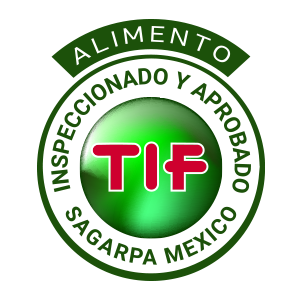

This zone is a good prospect because it mineralizes faster than middle and outer enamel 11, and thus minimizes the attenuation of environmental variations recorded in this tissue. Targeting the innermost enamel layer (< 20 μm thickness) has been proposed as the best strategy for measuring any geochemical proxy 11, 12, 13, 14, 15. Second, the kinetics of Sr incorporation (deposition and maturation) in tooth enamel during mineralization are still not well understood 10.

First, there is a lack of studies using individuals whose mobility is known with precision. Several reasons can be put forward to explain this.

#Largest caprine series#
The tooth enamel hence holds a 87Sr/ 86Sr time record that can be documented through sequential sampling along the direction of tooth growth 9.Īlthough it is, in theory, possible to reconstruct rapid mobility using high-resolution 87Sr/ 86Sr time series in tooth enamel, this has never been formally demonstrated. Mammal tooth enamel is no exception, and because it grows incrementally and is not remodeled once fully mineralized, the 87Sr/ 86Sr in tooth enamel reflects that of the bedrock at the moment of mineralization. Any contribution of mass-dependent fractionation to variability of 87Sr/ 86Sr is removed by their normalization to a constant stable 88Sr/ 86Sr therefore the primitive bedrock 87Sr/ 86Sr are conserved up the trophic chain, without any possible change. Variations in the radiogenic 87Sr/ 86Sr in the landscape are associated with the age, chemical composition, and weathering rates of the underlying geological substrate because 87Sr is the stable product of the radioactive 87Rb. In all cases, the rationale is the following. The analysis of radiogenic strontium isotope ratios ( 87Sr/ 86Sr) in tooth enamel is commonly used to study provenance and mobility of modern-day humans in forensics 1, 2, past humans in palaeoanthropology 3, 4, and domestic and wild mammals in ecology and archeology 5, 6, 7, 8.


 0 kommentar(er)
0 kommentar(er)
